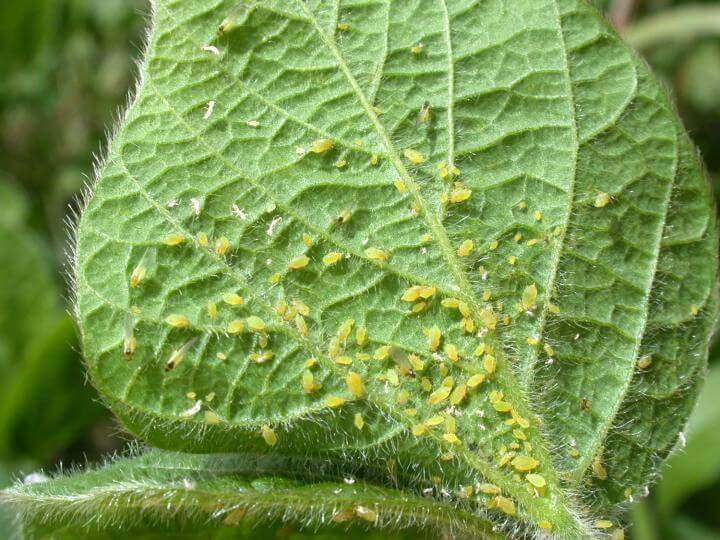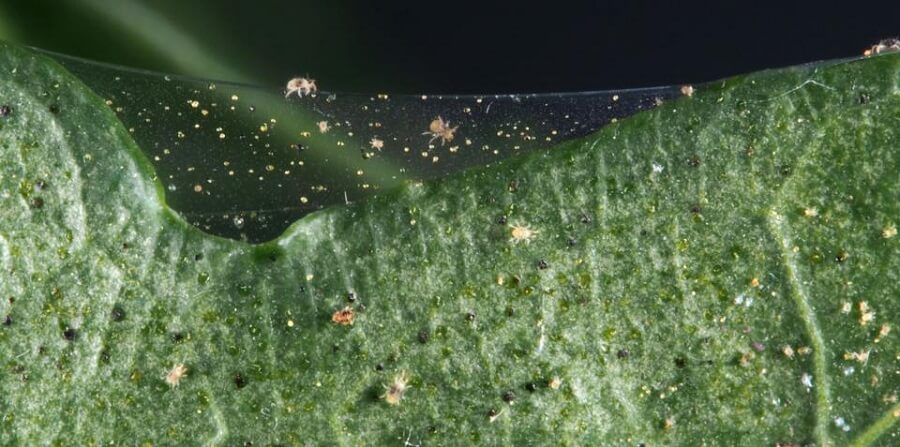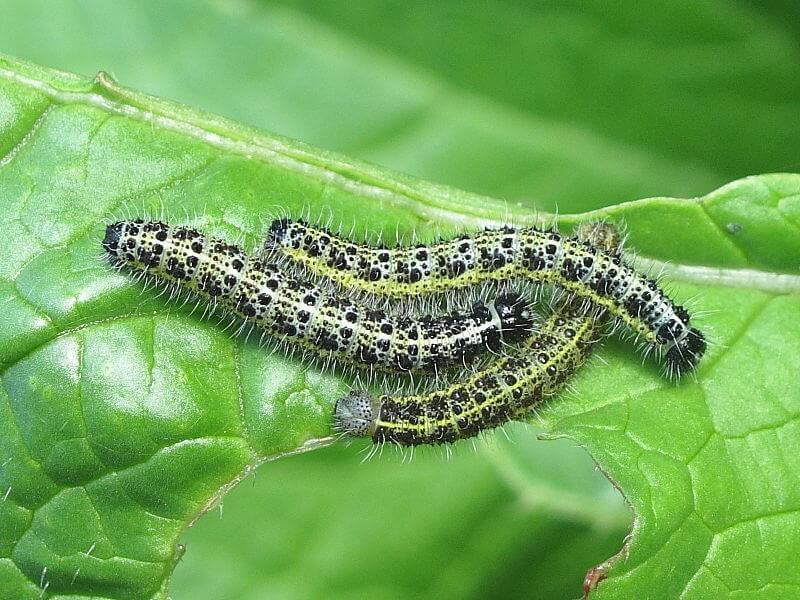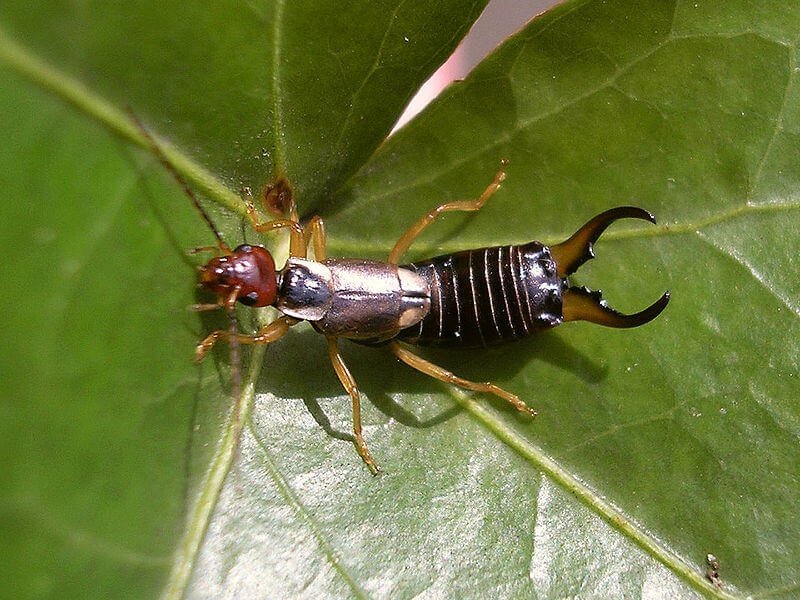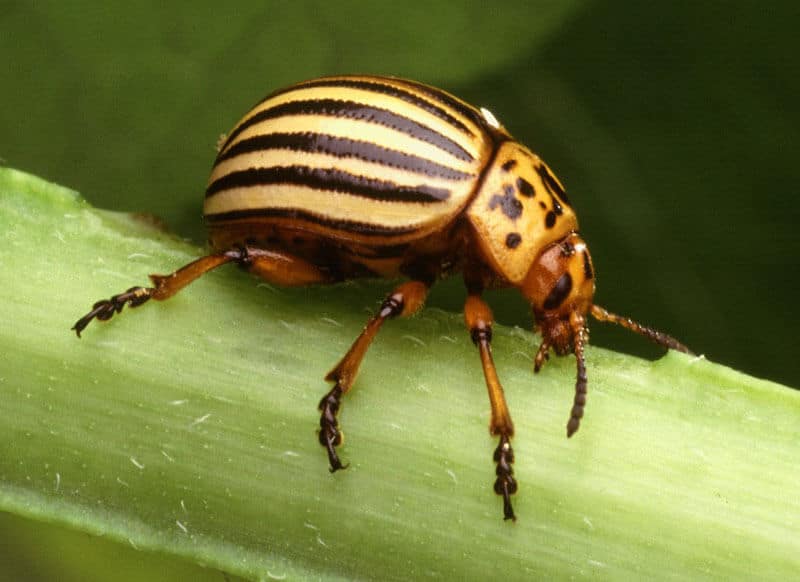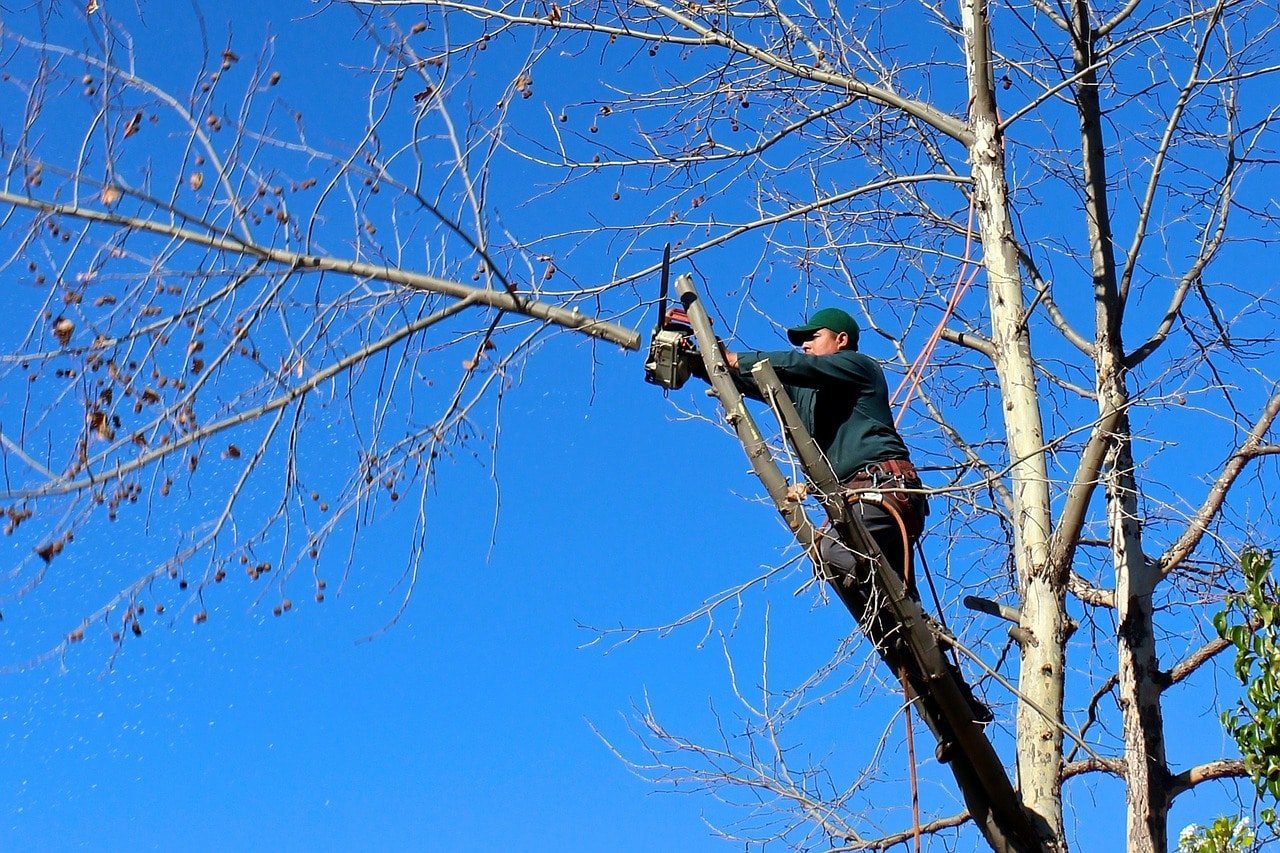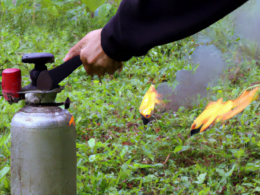Everyone who has a garden and enjoys taking care of it knows that garden pests can severely damage the health and appearance of their plants. Based on where you live, the season, and the type of plants you have in your garden, you’re going to come across different garden pests. Knowing how to get rid of them and keep your plants safe is one of the most important skills of a true gardener. In today’s guide, we thought it would be useful to look at some of the most common garden pests that you can come across on your property and how you can eliminate them.
6 Garden Pests and How to Get Rid of Them
1. Aphids
Some of the most common garden pests that you could encounter in your garden are aphids. Aphids are tiny critters that have a pear-shaped body, long antennae, 6 legs, and 2 tubes that come out of their abdomen. They come in a variety of colors including gray, brown, green, and black. You can find them on the back of leaves and on stems. They don’t usually target any specific plant, so you might find them on a large variety of vegetables, flowers, fruits, and even trees. They suck up the plant’s sap and leave behind a sticky substance after they digest it.
The problem with this substance is that it can cause your plants even more damage. That’s because it also attracts other pests such as ants and sooty mold. Aphids tend to spread rapidly and weaken your plants. They cause the plant’s foliage to distort and shrivel. Eventually, the leaves will fall. That being said, let’s see what you can do to get rid of aphids and keep your plants healthy.
The good news about removing aphids is that they’re quite weak and also unable to climb very well. This means that you can use your hands or a water spray to get them off your plants. Once you do that, it’s unlikely that they’ll climb on the plants again. If this option doesn’t sound good enough for you, you can also try a bug trap made of sticky paper to capture them. Ladybugs and lacewings are aphid predators, which means that releasing a couple of them on the affected areas can also help you get rid of the problem. Finally, if nothing else works, you can try purchasing an insecticidal soap spray and apply it to your plants.
2. Spider Mites
Spider mites are insects that come in various colors and are almost invisible to the naked eye. Since they’re extremely tiny, the best way to check for them is to place a white paper under your plants and then shake them. If you notice any small green, red, or yellow insects on the paper, that means your plants have been affected by spider mites. Similar to aphids, spider mites usually affect the underside of the leaves. They cover the leaves with a fine web and yellow dots, and you’re more likely to encounter them if you live in a warm and dry place.
Since dryness is what they enjoy, the best way to get rid of them is to increase the humidity. One way to do that is by using a water spray and spraying the inside of your plants. You could also take a wet cloth and wipe the leaves with it, or use ladybugs and lacewings again. Some other options would be a spray that contains horticultural oils, organic pesticide for mites, or an insecticidal soap.
3. Caterpillars
Caterpillars are larvae that have a soft body, hard head, and segmented body. They’re about two inches long and they crawl on plants’ stems and under their leaves. You can find them on different varieties of vegetables, fruits, trees, ornamentals, and so on. They enjoy chewing the leaves and the edges of the plants, and they can sometimes reach the fruits. If you notice holes in your plants’ foliage and fruits, this means your garden contains caterpillars.
The best way to make sure caterpillars won’t affect your yield is to cultivate the ground in fall since this will eliminate any overwintering eggs. Native caterpillar predators are also encouraged. You should be applying a row cover to protect your plants. As we’ve already mentioned, caterpillars grow about 2 inches big, which means they’re big enough for you to see. This means you can remove them by hand. Sprays that contain Bacillus thuringiensis are another option that can help you get rid of these pests.
4. Slugs
Perhaps some of the most common and annoying garden pests, slugs are an issue for many people that grow their own garden. The main characteristic that all slugs have in common is that their bodies are soft, slimy, and sticky. Other than that, they can come in different colors, sizes, and even shapes. They absolutely love to chew on leaves while leaving a trail of slime behind.
Although we wish we could tell you there’s an easy and permanent way to get rid of slugs, we would be lying. The truth is that controlling slugs is a long-term activity. You’re going to have to be very thorough and extremely consistent with it.
First of all, since they’re quite large, you can simply remove them by hand. We advise you to use gloves while you do it because you might find their texture repulsive. The best time to catch slugs is at twilight because that’s when they come out of their hiding places looking for leaves to snack on. In broad daylight, it’s going to be harder for you to find them, but it’s not impossible. They usually hide under different objects in the garden.
This is not the only option you have when it comes to getting rid of slugs. You could also mix a solution of 50 percent water and 50 percent ammonia and spray them with it. Another option would be to place sand or coffee grounds around your garden. They’re going to stop slugs in their track since these pests don’t enjoy crossing on anything that could damage their soft underbellies.
Interestingly enough, slug slime and copper don’t get along that well. As long as you use copper for your garden beds or containers, slugs won’t go near your plants. Finally, other garden creatures such as frogs, snakes, or toads find snails delicious, so you might want to consider this option as well.
5. Earwigs
Earwigs are garden pests that have 6 legs and come with pincers at the back end. They’re long, and they can be brown or black. They attack the leaves of the plants and create holes in them. As a consequence, the leaves shrivel and die.
Luckily, earwigs are attracted to dark and damp places. This means that one of the safest and easiest ways to get rid of them is to place some damp and rolled up pieces of newspaper on the ground under your plants. In the morning, you’ll notice earwigs on it. Then, you can simply remove the newspapers and throw them away. Earwigs are also attracted to vegetable oil, so placing a container filled with oil at ground level is another way to capture them.
There are also some types of birds that can help you control the earwig population in your garden, as well as frogs and toads. As in the case of most pests, an insecticidal soap will always be an effective solution, or diatomaceous earth can also help you with your earwig problem.
6. Colorado Potato Beetle
People who are used to growing potatoes in their garden are most definitely used to dealing with the Colorado potato beetle. These garden beetles have a yellow-orange body and black stripes on their wings. Interestingly enough, they don’t only affect potatoes. You can also find them on tomatoes, petunias, and eggplants. They’re quite damaging to your yield because they defoliate the plants and even kill younger ones.
The best way to make sure your plants are free of the Colorado potato beetle is to cover them with a floating row cover. Moreover, you’re going to have to look for beetles and use your hands to remove them. Neem oil might also help, and deep straw mulches are always good for keeping the Colorado potato beetle at bay.
Summing It All Up
As it’s probably clear from the guide above, there are many fruit and vegetable garden pests that people who enjoy growing plants must watch out for. Luckily, most of them don’t require an excessive amount of effort to remove. As long as you constantly check your plants for any signs that pests might be around and act as fast as possible when you notice the pests, you don’t have to worry about them messing with the health and appearance of your garden. We hope today’s article has shown you how to get rid of some of the most common types of plant pests in a simple and easy way.






